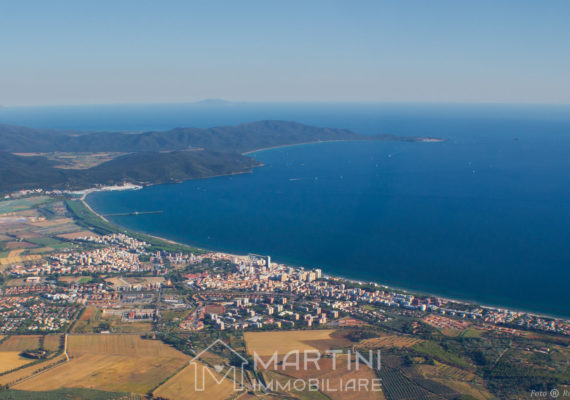Maremma is full of beauty, but have you ever wondered why it is called “Maremma”? The answer, as you can easily guess, has to do with the sea and with ancient and medieval history.
Etymology
The term Maremma comes, like many Italian words, from Latin. With “maritima” the Romans in fact indicated the maritime districts, all those territories bathed by the Tyrrhenian Sea. Over the centuries the term has transformed and given its name to the Tuscan coastal area that today is called Maremma. Other scholars have proposed, with less success, the hypothesis of a Castilian origin of the name, from “marisma” (marsh).
Maremma: history and geography
In 790 AD, the first attestation of the toponym Maremma occurs, which at the time defined the coastal part of the Duchy of Tuscia, a very large area. In the 14th century, Dante referred to the area in the Inferno, describing it as impervious and shrubby, identifying its borders between Cecina and Tarquinia, and he mentioned it again in Purgatory, in relation to the famous story of Pia dei Tolomei.
Later, in the following centuries, although there was no political boundary, the Maremma began to be defined more precisely and today it indicates the area that from the north of the province of Rome includes the Viterbo area (Maremma Laziale) and then extends into Tuscany, from the province of Grosseto to the Maremma Livornese. Commonly, the expression “Maremma toscana” indicates the Grosseto area, which includes the Orbetello lagoon, Mount Amiata and the Metalliferous Hills.
Maremma: Sea and Marsh
The name “maremma” is rarely used even in geography to refer to marshy coastal areas, as the Treccani encyclopedia points out. In particular, the birth of such areas is due to low tides, which cause the creation of dunes that prevent rivers from flowing into the sea. From here the birth of internal bodies of water, marshes not connected to the sea.
In fact, the Maremma territory was made recognizable by specific characteristics. These were areas that were difficult to access, marshy, at high risk of malaria and, what’s more, with widespread brigandage. The area’s fortunes were revived by various land reclamation works, first carried out by the Grand Duchy of Tuscany and then by the Kingdom of Italy, up until the modernization of the twentieth century.
Today it is a top tourist destination, known for both its characteristic medieval villages and its seaside resorts.







